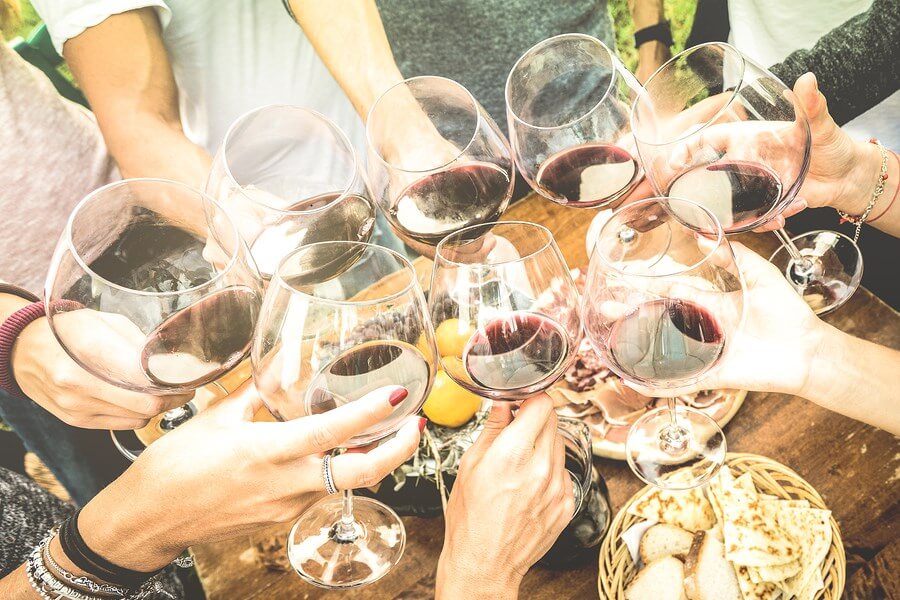So you’ve decided to be a wine taster. Congratulations! Now, you need to learn the wine tasting basics.

Share this article
Wine Tasting Basics: Know Your Wines
There are hundreds of different wines, but all of them fall under at least one of these five types:
- Red wines are made with dark or black grapes.
- White wines are made with green grapes.
- Rosé wines are made with dark grapes, but the skins are removed first so the color is not as deep as red wine.
- Sparkling wine has carbonation, made with an additional fermentation process to add bubbles.
- Dessert wines are fortified with spirits.
The shape of wine glasses is such that it enhances your experience of tasting it. In general, the rims of wine glasses slope inward, forcing your head to tilt back. This affects how the wine reaches your taste buds.
Each of these five types of wine have multiple levels to them, indicating the wine making style or level of sweetness, as well as acidity, alcohol content, and presence of wine tannin. Tannins are organic substances found in plants, which give wines a bitter flavor. In wine, tannins are found in grape skins and seeds.
The wine tasting experience is a beautiful way to discover wines!
- Dry wines have all of the sugar from the grapes fermented into alcohol, giving them a high alcohol content.
- Off-dry wines, also called semi-sweet wines, are made by stopping the fermentation process before all of the sugar gets fermented, leaving the wine with a touch of sweetness.
- Sweet wines have the most sugars left unfermented, thus having a lower alcohol content.
- High tannin wines feel dry and sort of astringent. Red wines—which get their color from grape skins—generally have a bolder flavor because they are high in tannins.
- Round wines have a more balanced acidity because they have less tannins.
- Spicy wines have a high acidity and taste quite tart as opposed to smooth, unlike round wines.
Wine and Glasses:
You already know there are different kinds of wine, but did you know that the glasses you use to drink it affect the taste?
The proper wine glass is crucial to proper wine tasting. Each type of wine tastes best when it is served in a particular type of glass.
How is that possible, you ask? Well, we know that aroma plays an important role in how we taste food and drink. The shape of wine glasses is such that it enhances your experience of tasting it. In general, the rims of wine glasses slope inward, forcing your head to tilt back. This affects how the wine reaches your taste buds. Additionally, the alcohol scent is concentrated around the rim. So, when we sniff the wine from the center of the glass when taking a sip, we smell more wine aroma than alcohol.
Wine Tasting Notes:
If you’ve read wine tasting notes before, you might have been a tad confused from all the words used to describe a wine (Floral? Heady? Cherry-like? Velvety?). There are a lot of them, but since taste and smell are so subjective, some tasting notes might not apply to you at all. What is important is to enjoy the experience of wine tasting, and let your taste buds tell you what you feel. These are the wine tasting basics, giving you a few things to think about for your next tasting.